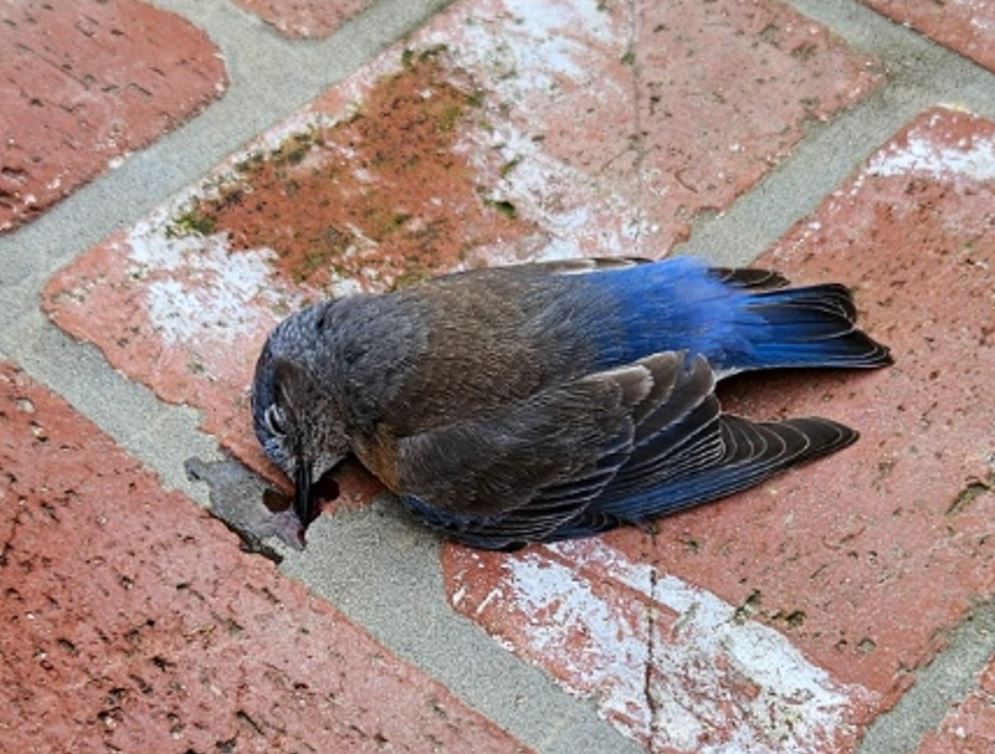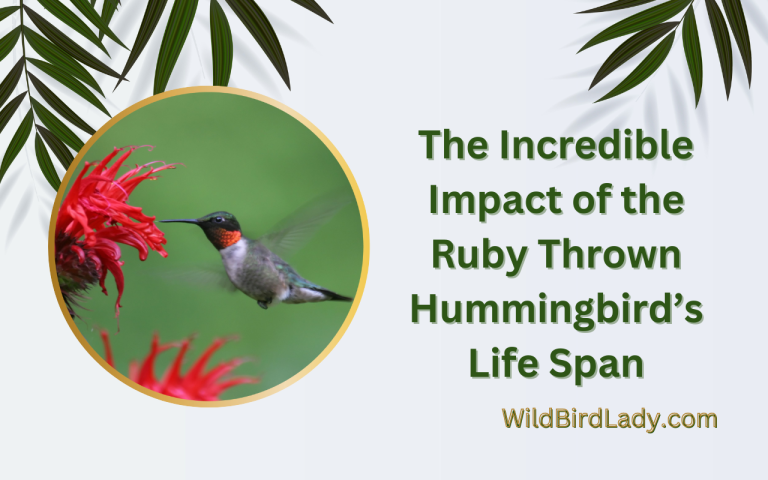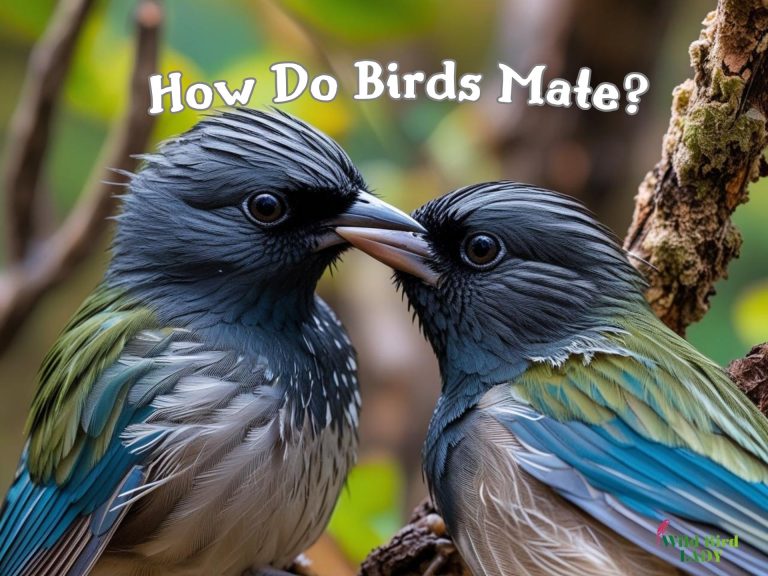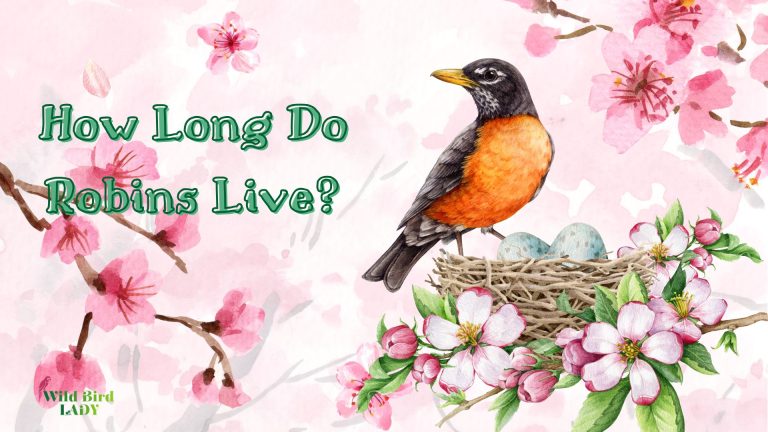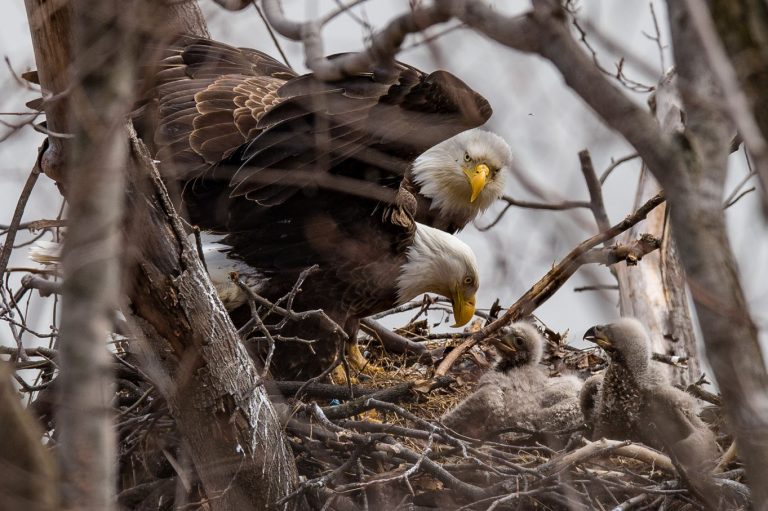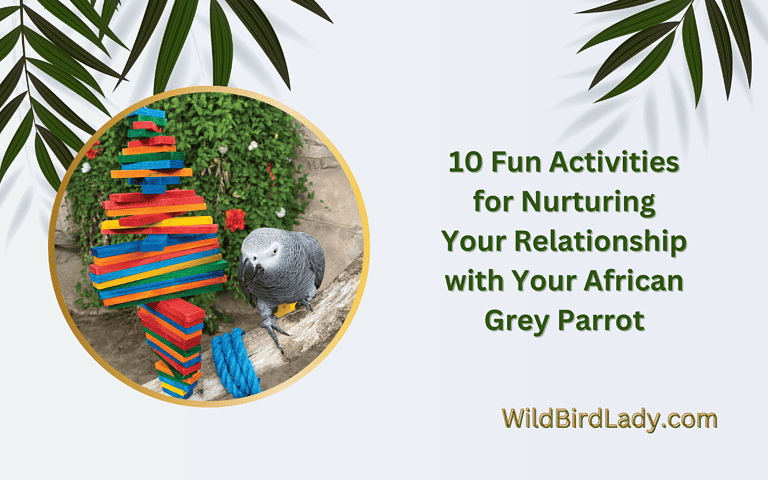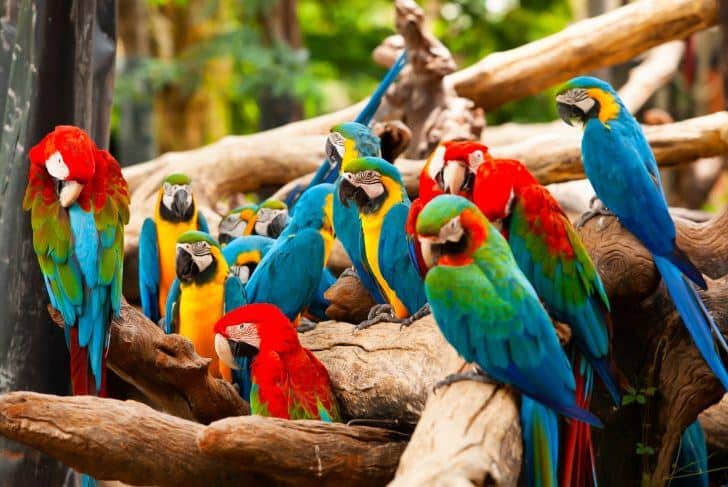Why Do Birds Die? Understanding the Fragile Lives of Our Feathered Friends
ntroduction: A Quiet Question in the Field
Birdwatching teaches you more than just identification skills or how to mimic bird calls. It teaches you to observe life—and sometimes, loss. I remember once watching a young fledgling robin, barely able to fly, fall prey to a neighborhood cat. It was a sobering reminder: for all their grace and beauty, birds live on the edge of survival.
And that leads to a question I get often from nature lovers and casual observers alike:
Why do birds die?
At first glance, it seems like a simple question. But as with most things in nature, the truth is layered, nuanced, and sometimes hard to accept. In this article, we’ll explore the many causes behind bird mortality—from natural causes to the tragic impact of human activity.
1. Predation: A Constant Threat
In the wild, birds face numerous predators every single day. Whether it’s a sharp-eyed hawk circling above, a nest-raiding snake, or a domestic cat stalking the garden, birds—especially smaller ones—are vulnerable.
Key predators include:
- Raptors like hawks, falcons, and owls
- Mammals such as foxes, raccoons, and domestic cats
- Reptiles (especially for ground-nesting birds)
- Other birds (e.g., crows or magpies stealing eggs)
While predation is a natural part of the ecosystem, human-introduced predators like cats have had devastating effects. According to the American Bird Conservancy, outdoor cats kill an estimated 2.4 billion birds each year in the U.S. alone.
That’s not nature—it’s an ecological imbalance.
2. Window Collisions: The Invisible Killer
If there’s one man-made threat I see consistently, it’s window strikes.
Birds don’t recognize glass as a solid surface. They see reflections of sky or trees and fly directly into them. These collisions often result in broken necks, internal bleeding, or concussions that eventually lead to death.
A study by the Smithsonian Migratory Bird Center estimates that up to 1 billion birds die from window strikes each year in North America.
Some simple solutions:
- Apply decals or UV patterns to large windows
- Use external screens or netting
- Position feeders either very close (<3 ft) or far away (>30 ft) from glass
As a bird lover, there are few things more heartbreaking than finding a beautiful warbler lying lifeless on your porch.
3. Habitat Loss: A Silent Extinction
Every tree cut, every wetland drained, and every forest turned into concrete takes away a little more space from birds.
Loss of habitat affects birds in many ways:
- Reduces nesting and foraging areas
- Increases exposure to predators and human activity
- Disrupts migratory routes
For example, grassland birds like the Eastern Meadowlark or Bobolink are in sharp decline—not because of predators, but because their native prairies are disappearing.
According to the North American Bird Conservation Initiative, the continent has lost nearly 3 billion birds since 1970, with habitat loss as a primary driver.
We may not see it day-to-day, but this is a slow erosion of bird life on a global scale.
4. Diseases: Nature’s Internal Battles
Like all creatures, birds suffer from illnesses. Some are caused by bacteria or viruses, while others come from parasites or environmental toxins.
Common diseases include:
- Avian flu (especially in waterfowl and poultry)
- Salmonellosis, often spread at dirty feeders
- West Nile Virus, transmitted by mosquitoes
- Trichomoniasis, common in finches and doves
As birdwatchers, we have a role to play here. Clean feeders regularly, offer fresh water, and report unusual die-offs to local wildlife agencies.
The Cornell Lab of Ornithology recommends disinfecting feeders with a 9:1 water-bleach solution at least once every two weeks—more often during outbreaks.
5. Weather Extremes: Unpredictable and Deadly
Birds are remarkably resilient to the elements, but extreme weather can push them beyond their limits.
Deadly scenarios include:
- Sudden cold snaps during spring migration
- Heatwaves and droughts drying up water sources
- Hurricanes destroying coastal habitats
- Wildfires destroying nests and food supply
In 2020, thousands of migratory birds were found dead across New Mexico, believed to have died from starvation caused by sudden cold and poor foraging conditions during migration.
Climate change has only worsened these risks. As patterns shift and seasons become less predictable, birds struggle to adapt in time.
6. Pesticides and Toxins: A Poisoned Environment
When people ask, “Why did this bird just drop dead in my yard?”—I often suspect poisoning.
Birds can die from:
- Eating pesticide-laced insects or seeds
- Consuming poisoned rodents
- Drinking contaminated water
- Inhaling chemical fumes
A famous example: DDT, once widely used, caused eggshell thinning in raptors like Bald Eagles and nearly drove them to extinction. While DDT has been banned, other harmful chemicals like neonicotinoids continue to affect birds today.
Even lawn treatments and “weed and feed” products can be harmful. What we put into the environment matters—and birds are often the first to pay the price.
7. Starvation and Malnutrition: Nature’s Harsh Reality
Starvation might sound like an old-world cause of death, but it’s very real for birds—especially during migration or harsh winters.
Young birds, in particular, struggle to learn how to forage. Bad weather, drought, or insect decline can wipe out a food source almost overnight.
Migratory birds like hummingbirds or shorebirds must eat constantly to fuel their long journeys. If they hit a stretch of land without nectar or invertebrates, their tiny bodies simply give out.
Providing native plants and bird feeders can be a life-saving support system—especially during migration season.
8. Light Pollution and Disorientation
Many bird species migrate at night, navigating by the stars. But artificial lights from cities, towers, and skyscrapers confuse them—pulling them off course or into deadly collisions.
Each spring and fall, millions of birds die from being disoriented by light pollution.
Cities like Toronto and New York have introduced “Lights Out” programs that encourage skyscrapers to dim lights during peak migration. This one change has saved countless lives.
The National Audubon Society urges cities to follow suit, noting that 80% of migratory birds in North America travel at night.
9. Old Age and Natural Death
Finally, not every bird death is tragic or preventable. Some birds simply live out their lives and die naturally—just like any creature.
Most wild birds have surprisingly short lifespans:
- Chickadees: 2–3 years
- Robins: 1–2 years
- Cardinals: 3–5 years
- Crows: 7–10 years (sometimes longer)
Few birds make it past their first year. Those that do often fall to the many causes above. But occasionally, you’ll find a bird that lived long, bred successfully, and died peacefully.
And that’s nature, too.
A Birdwatcher’s Reflection
Over my years in the field, I’ve seen both life and loss. I’ve watched swallows hatch and fledge, only to disappear by autumn. I’ve rescued stunned birds after window strikes, and I’ve buried ones that didn’t make it.
Every bird that dies reminds me how fragile their lives are—and how much of their fate lies in our hands.
If we reduce window strikes, control outdoor cats, grow native plants, support conservation, and simply pay attention… we can turn the tide. Because while death is inevitable in nature, mass death caused by human activity is not.
✅ Summary Table: Main Causes of Bird Deaths
| Cause of Death | Description | Human-Related? | Preventable? |
|---|---|---|---|
| Predation | Attacks from hawks, cats, snakes, or other predators | Partially (cats) | Yes (e.g., keep cats indoors) |
| Window Collisions | Birds fly into glass thinking it’s sky or habitat | ✅ Yes | ✅ Yes (window decals, nets) |
| Habitat Loss | Destruction of forests, wetlands, and grasslands | ✅ Yes | ✅ Yes (conservation, reforestation) |
| Diseases | Infections like salmonella, avian flu, or parasites | Sometimes | Partially (clean feeders, report outbreaks) |
| Weather Extremes | Heatwaves, cold snaps, storms, and wildfires | No (natural) | ❌ No (but mitigation helps) |
| Pesticides & Toxins | Exposure to chemicals via food or environment | ✅ Yes | ✅ Yes (use eco-friendly products) |
| Starvation | Lack of food during harsh seasons or migration | Indirect | Partially (native plants, feeders) |
| Light Pollution | Disorients migratory birds, leading to fatal crashes | ✅ Yes | ✅ Yes (turn off lights at night) |
| Old Age | Natural aging, organ failure, or gradual decline | ❌ No | ❌ No |
Final Thoughts: Why Birds Die—and Why It Matters
So, why do birds die?
They die from predators, collisions, disease, toxins, starvation, weather, and yes, sometimes, just from old age. But increasingly, they die because of us—our buildings, our chemicals, our lights, our choices.
But here’s the good news: we can also be the reason they live.
When we create bird-friendly spaces, support conservation, and educate ourselves and others, we give birds a fighting chance. And maybe, just maybe, the next time you see a cardinal at your feeder or a warbler in spring bloom, you’ll know—it’s alive because someone cared.
Read also: Why Can’t You Tame a Crow? The Truth About These Wild and Clever Birds
FAQs
❓What is the most common cause of bird death?
The most common causes of bird deaths include predation, window collisions, and habitat loss. In North America alone, window strikes and outdoor cats account for billions of bird deaths annually.
❓Do birds die of old age?
Yes, birds can die of old age, but it’s relatively rare in the wild. Most birds die from external threats like predation, weather, or human-caused hazards before reaching their natural lifespan.
❓Can birds die from stress?
Yes. Birds are highly sensitive to stress, especially from captivity, human handling, or environmental changes. Prolonged stress can lead to a weakened immune system and even death.
❓What diseases cause birds to die?
Birds may die from diseases like avian influenza, salmonellosis, trichomoniasis, and West Nile Virus. These can spread rapidly, especially around communal feeders or during migration.
❓How does light pollution affect bird mortality?
Light pollution disorients migratory birds flying at night, often leading to fatal collisions with buildings. Turning off unnecessary outdoor lighting during migration seasons can save thousands of birds.
❓Why do baby birds die so easily?
Baby birds are extremely vulnerable. They often die due to predators, falling from nests, starvation, or lack of parental care. Many don’t survive past their first year.

